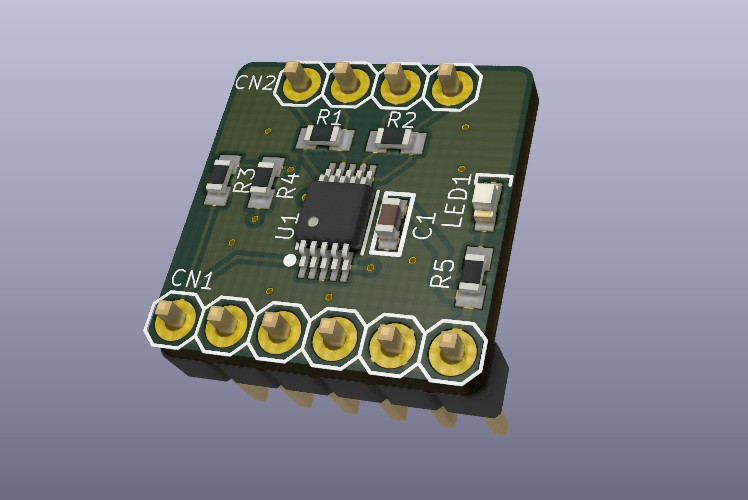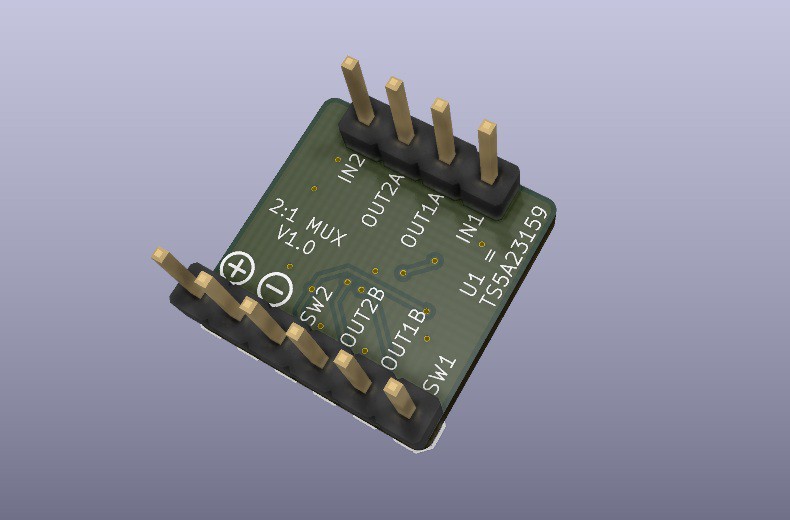One drawback of digital potentiometers is that they have an inherent "wiper resistance" - essentially the RDS(on) of the internal FET. (RDS(on) is the drain-source resistance of all FETs). All electrical switches have this, but for some reason with (most) digital potentiometers it's fairly high. In the case of this project's MCP4661 it's a (whopping) 100 ohms. That's almost as much as a 1970's 74HC4052!
This can keep the pot from extending to "full range" - i.e. fully open or closed. Which could mean reduced reference voltage to the wheelchair's MCU....which could mean less SPEED :O I mean, who want's to go slower??
Fortunately, there's a workaround. By using a modern analog MUX, I can achieve 100 times the reduction in this resistance. There are many low RDS(on) options nowadays, and I decided on the TS5A23159DGSR due to it's price, voltage (5V logic), availability (on hand, yay!) and easy-to-solder TSSOP leaded package.


The idea is simple, lets say our stock pot is labeled:
A---W---B
where W is the wiper and A and B are the opposite terminals
When the MCU scales the digipot to the end of B (i.e. 100 ohms from W to B, the final "shorted" value due to wiper resistance), this new MUX board will close it's switch creating a 1 ohm short across W and B terminals and add 100 ohms in-line to the A terminal :)

[to be continued...]
 CriptasticHacker
CriptasticHacker
Discussions
Become a Hackaday.io Member
Create an account to leave a comment. Already have an account? Log In.